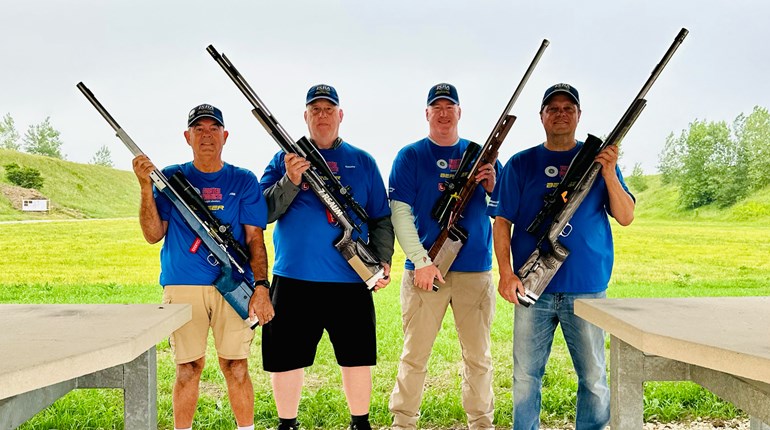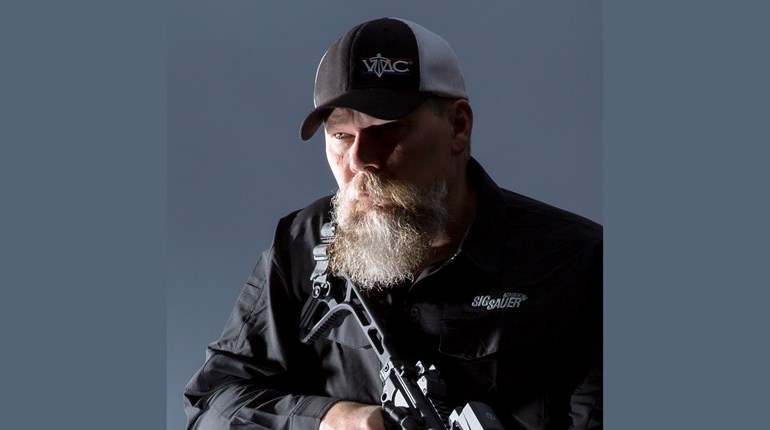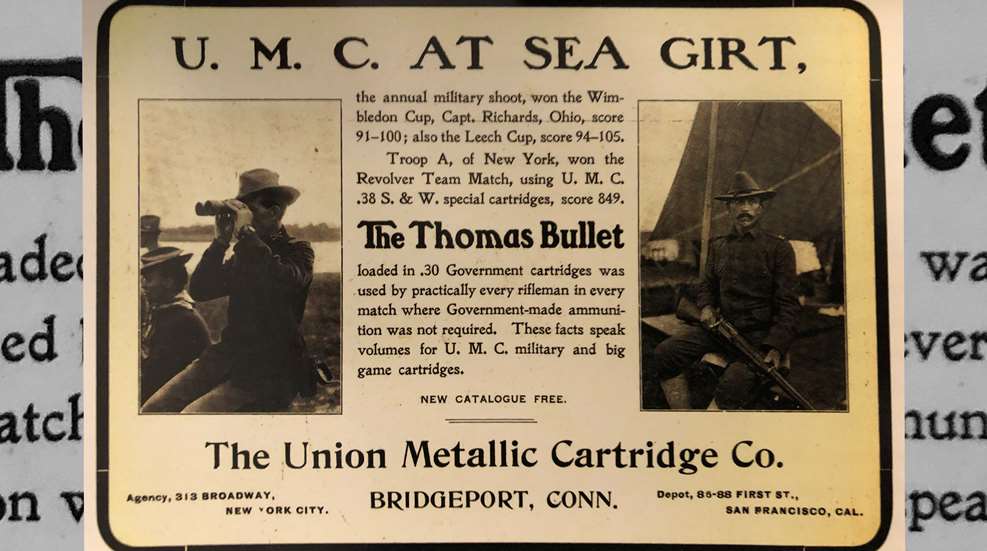
"Gentlemen, I suppose you all know that Senator Dryden is the best friend we have had in Congress. There is no question about that, but for his earnest efforts, and good, hard business common sense we never would have had any national trophy."
These words were spoken by NRA President Gen. Bird W. Spencer at the 31st Annual Meeting of the NRA, held at Sea Girt, N.J., on Sept. 10, 1903. The first National Matches had just been held Sept. 8-9 during a 10-day joint program with the NRA Annual Matches and those of the New Jersey Rifle Association and United States Revolver Association, marking the beginning of a distinguished annual shooting tradition.
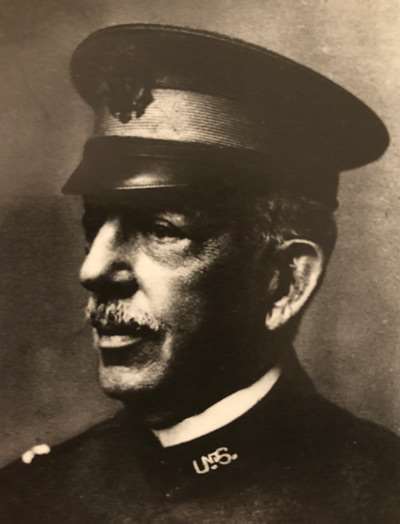
In his speech, Spencer praised Senator John Dryden of New Jersey for his help in resurrecting a bill from 1902 that called for the establishment of an advisory committee to the Secretary of War—the National Board for the Promotion of Rifle Practice (the Board was the predecessor organization to the CMP). Originally presented by Congressman Frank Mondell of Wyoming, the bill was, for the most part, an assimilation of Spencer's ideas and suggestions to further the cause of rifle practice nationwide. Spencer's recommendations in a letter to Secretary of War Elihu Root dated Jan. 25, 1902, called for the creation of an advisory committee that would, among other things, conduct a study on the conditions of and needs for adequate range facilities in order to administer qualification programs on a national level. The letter also proposed legislation to permit the NRA to purchase arms and ammunition at cost, plus provide a $10,000 appropriation for an annual rifle competition among military organizations.
What was presented during the first session of the 57th Congress as H.R. Bill 14280 on May 8, 1902, read in part as follows.
Be it enacted by the Senate and House of Representatives of the United States of America in Congress assembled; That for the purpose of furnishing a national trophy, and medals and other prizes to be provided and contested for annually, under such regulations as may be prescribed by the Secretary of War, said contest to be open to the Army, Marine Corps, Navy, and the National Guard or Organized Militia of the several states, territories, and of the District of Columbia, and for the cost of the trophy, prizes and medals herein provided for, and for the payment of the necessary expenses of such competitions, including the subsistence of the competing teams, the sum of ten thousand dollars be, and the same is hereby annually appropriated, out of any money in the treasury not otherwise appropriated, to be expended for the purposes hereinbefore prescribed, under the direction of the Secretary of War.
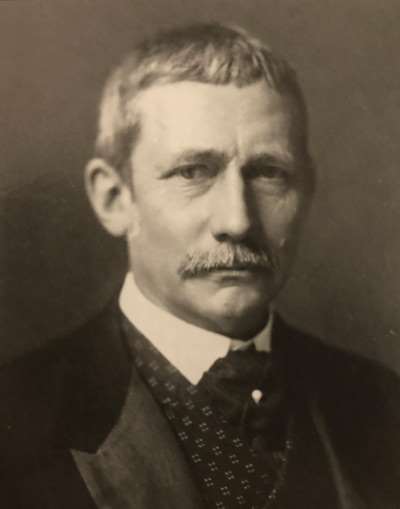
But despite the support of President Theodore Roosevelt and Root, the bill failed to reach Congress before its adjournment. An undaunted Spencer then traveled to Washington in January, 1903, to pursue the enactment of a national trophy bill and his crusade proved successful, if not infectious, as reported in the following Jan. 8 article of Shooting and Fishing.
"The germ that produces riflemen was discovered in New Jersey some time since. Gen. Bird W. Spencer, who knows the value of the germs (Bactera rifilius) of this order got a committee of the National Rifle Association together a few days ago, loaded them up with inoculation (sic) tubes, and took the group on to Washington for the purpose of exploiting this new product of New Jersey. The committee made a call at the White House for the purpose of working the discovery upon President Roosevelt. They found that His Excellency had the germ in a congenital form. The committee then went over to the Capitol, and proceeded to inoculate the members of the House and Senate. It is reported that the committee had much success, and that the dawn of a new era in rifle shooting in America is about to be developed."
Spencer's diligence paid off in the form of a meeting with Senator Dryden, who was able to breathe life into the bill with the help of fellow congressman Senator Redfield Proctor of Ohio. The bill was presented almost verbatim from its original version before the second session of the 57th Congress, save for a modification whereby the $10,000 appropriation was reduced to $2,500 for a national trophy.
Spencer's presence in Washington was critical to the success of the national trophy bill, and on Mar. 2, 1903, what was incorporated into the Army Appropriation Act of 1904 as: "An act making appropriation for the support of the Army for the fiscal year ending Jun. 30, 1904," became law. Under this act (32 Stat. 941), Secretary of War Root was authorized to establish the National Board for the Promotion of Rifle Practice (NBPRP).
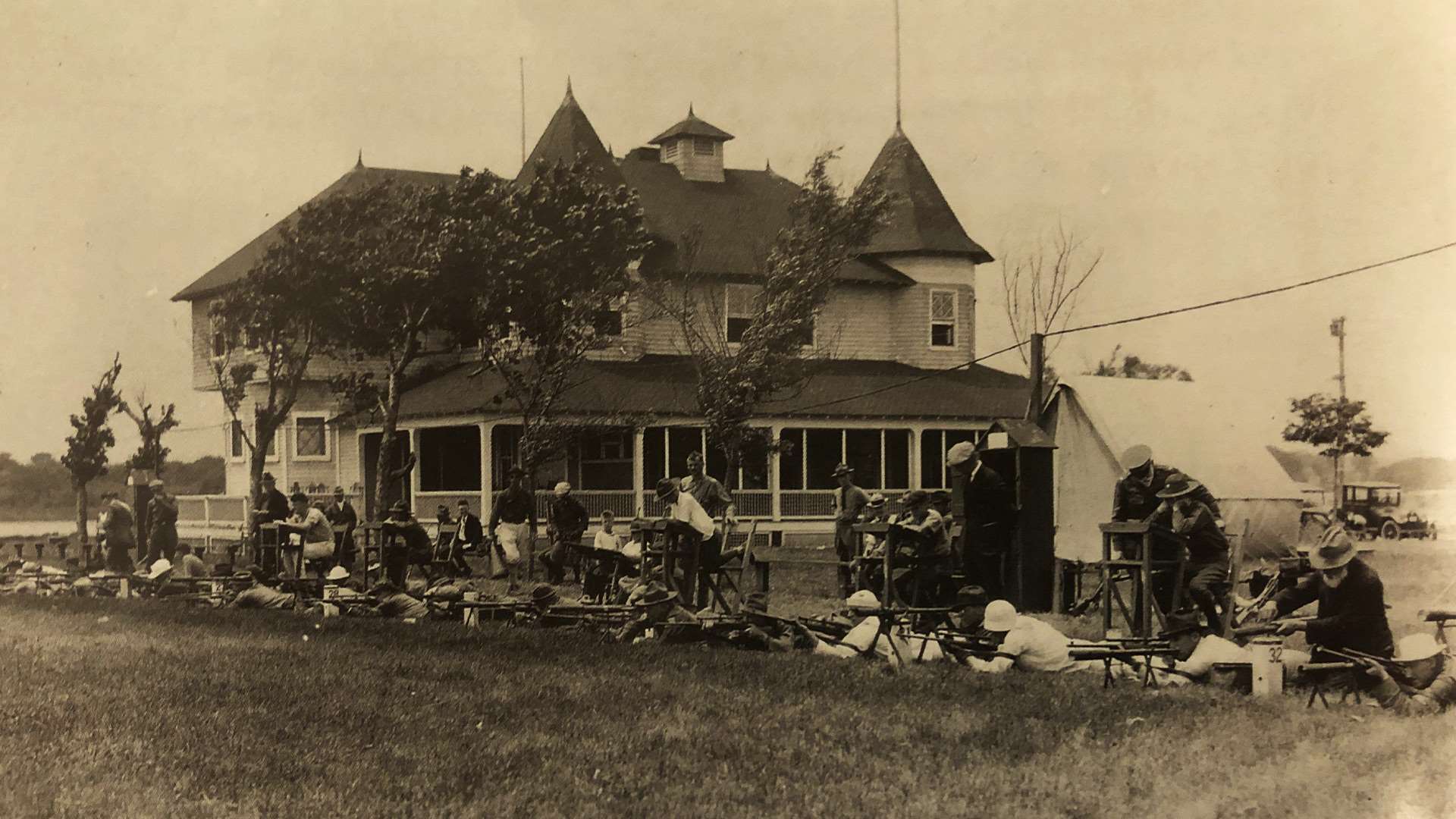
Army General Orders, No. 61, detailed the composition and proceedings of the newly established National Board; and at its first meeting on Apr. 16, the NBPRP was tasked to regulate, among other things, conditions for the national trophy and other marksmanship medals and prizes to be contested for annually. Promoting civilian marksmanship was indeed a high priority for the NBPRP when one of its first directives recommended: "That every facility should be offered citizens outside the Army, Navy, Marine Corps and organized militia to become proficient in rifle shooting, and that this purpose can best be accomplished by means of rifle clubs."
The NRA's strong identity and far-reaching influence, spearheaded by Spencer and reinforced by its notable representations on the National Board, underscored the significant impact that was made on marksmanship development at the national level during this period. Collaboration between the NRA and the federal government was a critical element.
Given its esteemed position and background, the NRA had a vested interest in the National Matches and was integral to its existence and success. To further solidify its relationship with the program, the NRA offered two of its prestigious trophies, the Hilton and Solider of Marathon, to be competed for in the National Rifle Team Match as second- and third-place awards, respectively, behind the newly established first-place National Trophy.
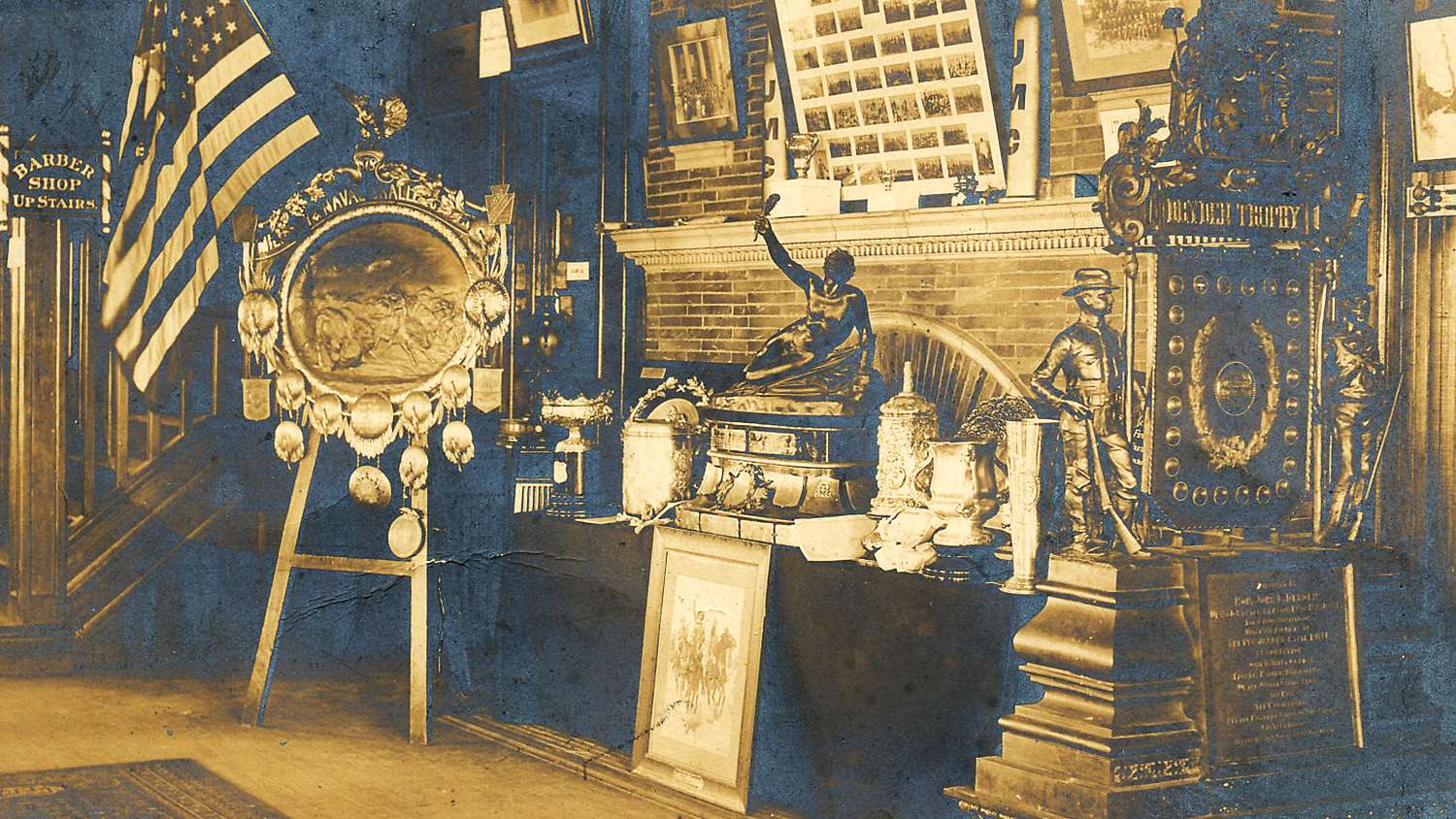
Despite torrential rains the week prior, the historic September, 1903, matches at Sea Girt opened on schedule and the range received editorial praise for its ability to "meet the work of the elements." More than 1,000 competitors turned out for the various matches and it was quickly realized that even the capabilities of a range so revered as Sea Girt would be tested. The combination of foul weather and high turnouts did result in the carryover of some matches, but did little to dampen the enthusiasm surrounding the occasion.
Maj. James F. Guilfoyle of the U.S. Cavalry was the first Executive Officer of the National Matches, while NRA President Spencer, who was also Inspector General of Rifle Practice of New Jersey, served as Executive Officer of the other matches.
Fifteen teams posted complete scores for the first National Trophy Rifle Team Match, and the field included the Cavalry, Infantry, Marine Corps and Navy. The best regular service performance was the Marines' sixth-place finish, as National Guard teams from New York, New Jersey and Massachusetts took the top three spots, respectively. Conditions called for 12-person teams of uniformed officers or enlisted men to fire 10 rounds slow fire at distances of 200, 500, 600, 800, 900 and 1,000 yards over a two-day period. While the 200-yard stage was fired from the standing position, the others required a "head toward target" prone position.
Among the NRA matches, the prominent Wimbledon Cup, Leech Cup and President's Match were won by Capt. W.H. Richard, Cpl. Charles B. Winder and Lt. K.K.V. Casey, respectively, while three other competitions, the Inter-Club Match, Members' Match and Seabury Long-Range Military Rifle Match rounded out the NRA segment of the program.
The photo at the top of this article is an advertisement from the Sept. 17, 1903 issue of Shooting and Fishing magazine.
See more:













